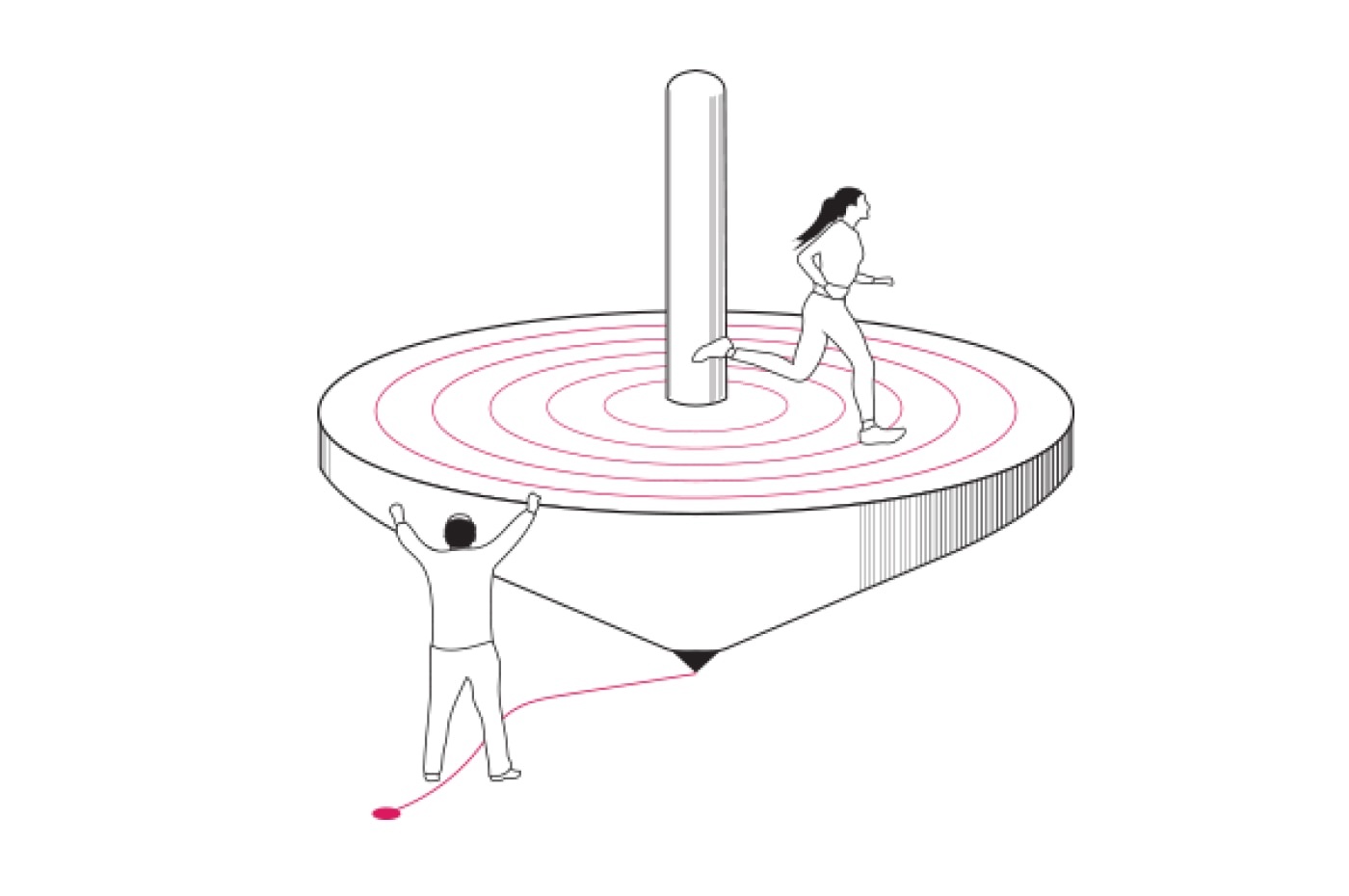NewslettersApril 2nd, 2019
PG #30: Turning data into decisions


“There are things that can be measured. There are things that are worth measuring. But what can be measured is not always what is worth measuring…”
— Jerry Z. Muller, The Tyranny of Metrics
When people ask me, “what exactly does Paper Giant do?”, I often offer up something like “we collect data, and help people interpret that data, to provide evidence, to help them make decisions about products and services and strategy.”
When people look for evidence to base their decisions on, they tend to choose things that are easy to measure, things that can be easily counted – simple numbers that you can watch go up or down. But just because something is easy to count doesn’t mean it’s useful to count, or relevant to the decisions you want to make. Per-capita GDP is often used as a measure of quality of life or wellbeing, but it doesn’t account for income inequality or money made in destructive ways (e.g. the gambling industry). When we use simple numbers as proxies for complexity, we can miss the very thing we are trying to understand.
Designers care about complexity because we are designing products and services and systems for people. People, and networks of people (think teams, companies, organisations, governments), are complex. Proxy measures may be useful, but only if you combine them with data about real lived experience to understand and work through the complexity hidden behind those numbers.
It’s what your changing numbers mean, why your number changed, what caused it to change – that’s what you need to know to make a good decision. What’s really important is that you have a framework in place to measure and learn from all your data; to watch for, notice and assess change; and to respond accordingly.




